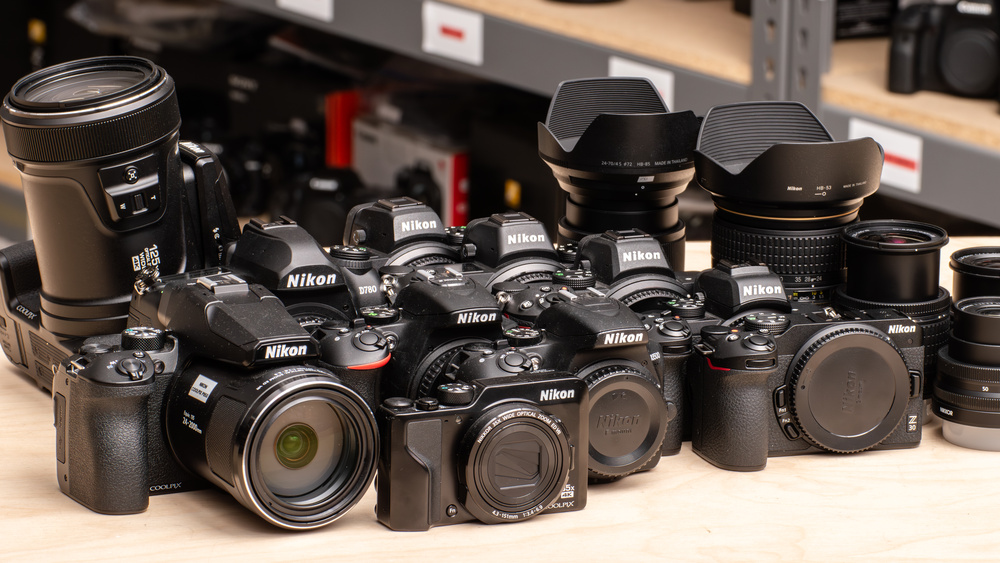Japanese camera maker Nikon is developing new technology to authenticate images on its cameras, helping to distinguish them from sophisticated AI fakes.
Artificial intelligence is increasingly being used to create fake images, deceiving people, fueling disinformation, and deepening political divides. This trend is also posing an existential challenge for camera manufacturers.
“We are working on the technology with a partner to ensure the authenticity and originality of images,” Sajjan Kumar, Managing Director of Nikon India, told at the launch of the company’s Z6 III camera in Delhi. While he didn’t specify the partner or timeline for the technology’s rollout, Kumar indicated it will verify if an image was taken by a Nikon camera.
Kumar’s comments suggest the use of digital signatures, which can differentiate images created by AI.
This initiative follows similar efforts by other camera makers like Sony and Leica. Leica’s M11-P, for instance, includes Content Credentials, embedding detailed metadata at the point of capture to verify the image. Earlier this year, Sony described its machine-based digital signature technology for the Alpha 9 Mark III camera, which verifies image authenticity upon capture.
Artificial Intelligence is increasingly used to deceive people with fake images, fueling disinformation and political divisions, and creating an existential crisis for camera makers. In response, tech companies, photo agencies, and news organizations are establishing standards for content provenance and ownership. An alliance of global companies, including Adobe, BBC, Microsoft, Google, and OpenAI, formed the Coalition for Content Provenance and Authenticity (C2PA) to enhance transparency in digital media as AI-generated content proliferates.
Earlier this year, Facebook-parent Meta announced it would label images produced by generative AI systems with a “Made with AI” tag across its platforms, including Facebook, Instagram, and Threads. OpenAI also stated that it will add C2PA metadata to images created with ChatGPT and the DALL-E 3 model API.
